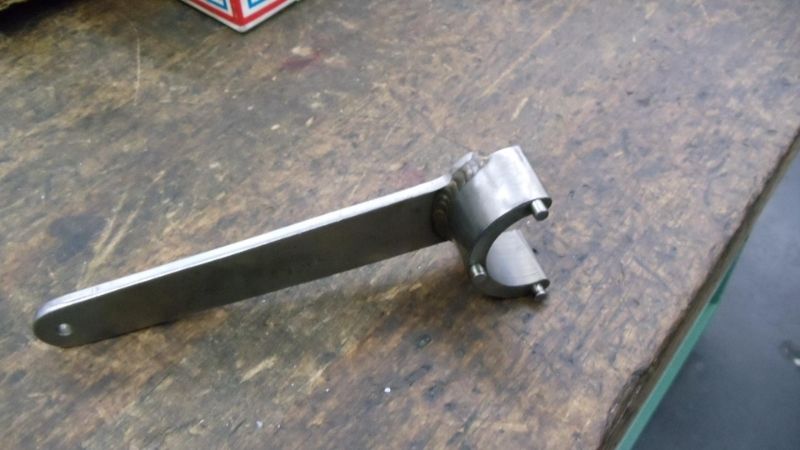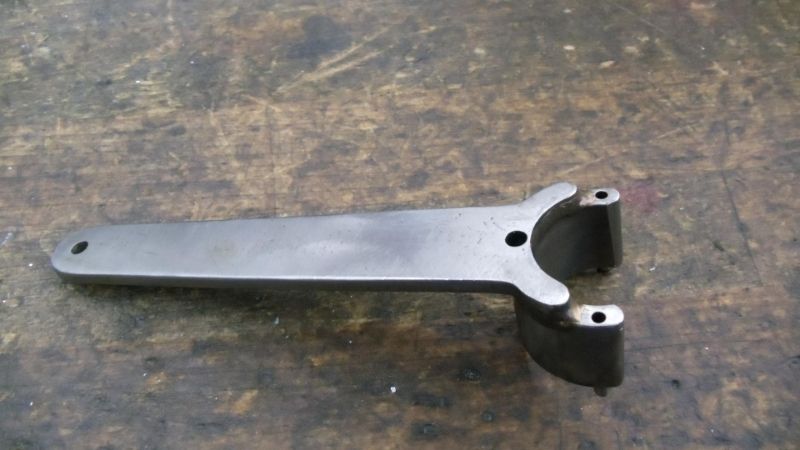efleming
Plastic
- Joined
- Nov 9, 2009
- Location
- San Diego, CA
Spent some quality time today on a machining project using my 1964 FP2. After a few hours of machining with everything working well, I stopped the mill to change tooling. Upon moving the X axis hand wheel, the table was no longer moving yet the wheel was moving freely and the screw is turning fine. It was about mid table when it stopped working. Milling operations were very light and nothing odd occurred. No binding or stress. Looking at drawings in the manual, it does not appear to have a shear pin that could have failed. Any thoughts before I pull it all a part? Looks like I have to make a tool to get the left side bearing seat unscrewed.
Best regards,
Eric
Best regards,
Eric



